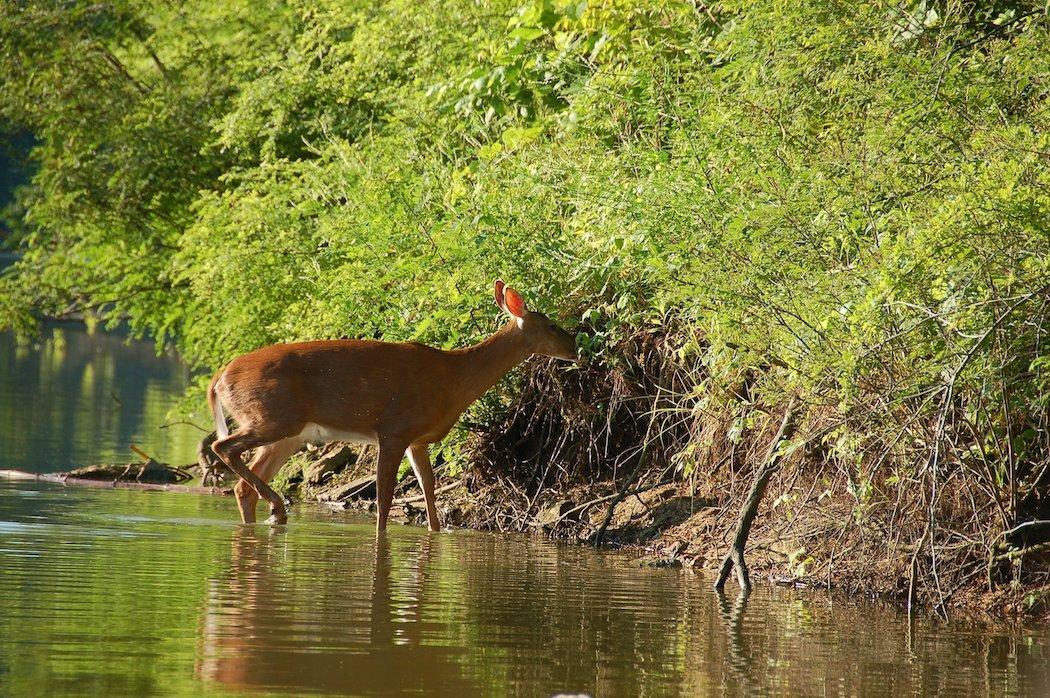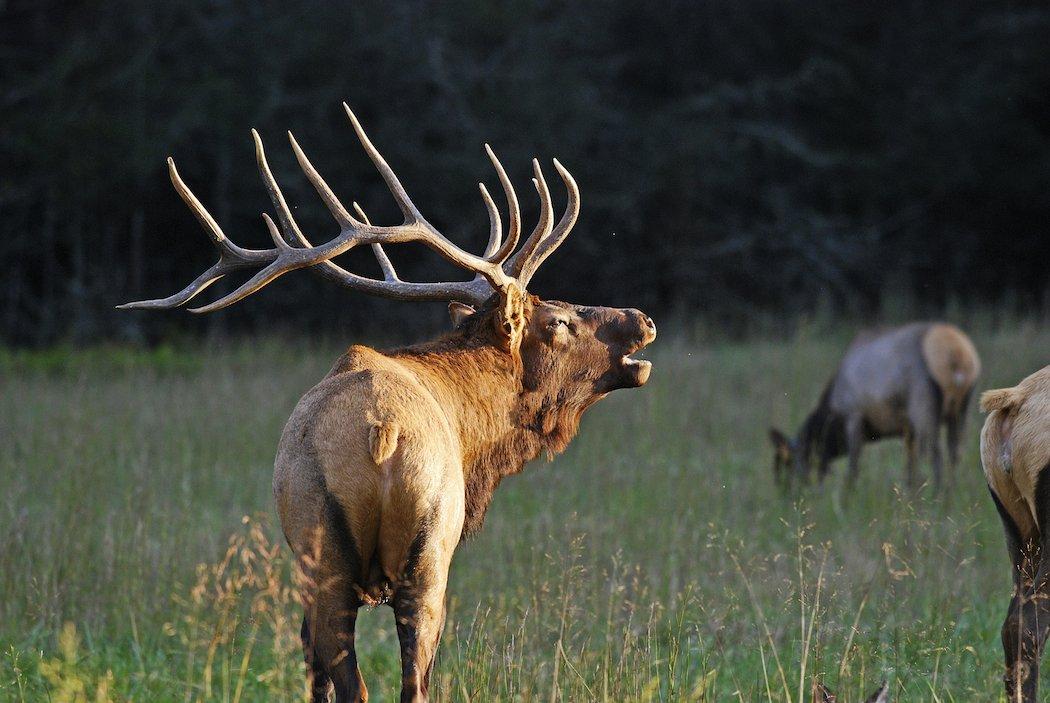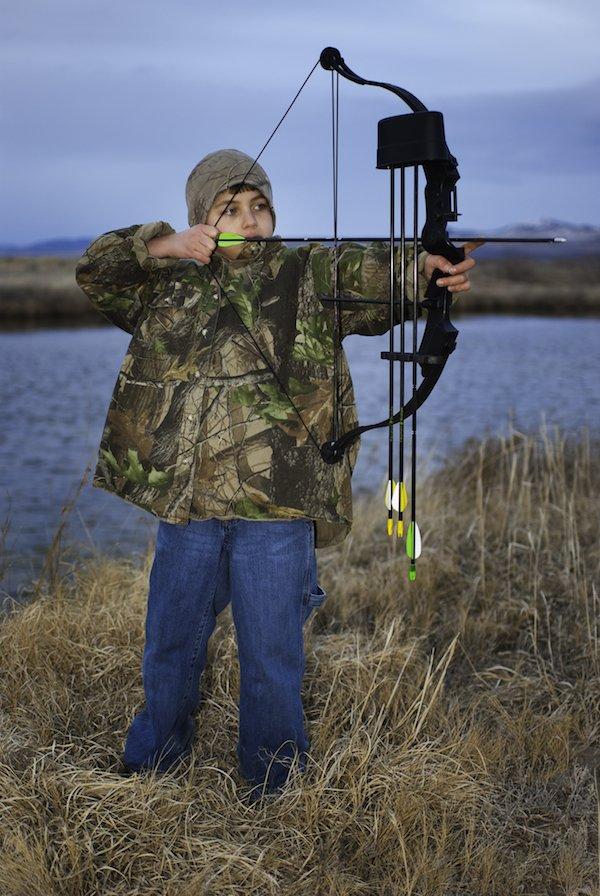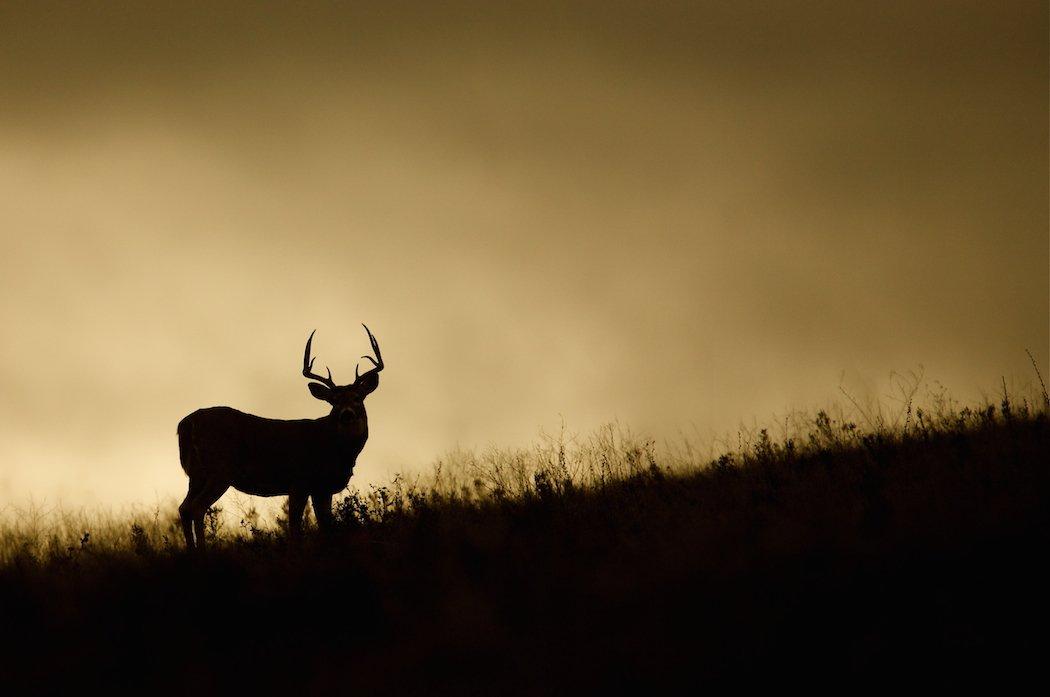IS THE SUN SETTING ON CERVIDS?
Before 2002, few people east of the Mississippi River had heard of chronic wasting disease (CWD).
Then Wisconsin officials announced they'd detected CWD in a wild deer from Dane County, in the south-central part of the state. No one recognized it at the time, but the destiny of America's greatest big-game animal might have been altered forever.
Since then, CWD—a progressive, transmissible, always-fatal spongiform encephalopathy in cervids, for which there is no cure—has embarked on a seemingly inexorable spread across North America. It has been found in captive and free-ranging cervid herds in 23 states and two Canadian provinces—most notably in many wild Midwestern and Eastern whitetail herds.
EXPLORING LIMITED OPTIONS
Wildlife experts continue to seek effective methods of limiting the disease's spread and reducing its prevalence in infected herds, but they admit they're attempting something that's never been done... and they might be losing the fight. That raises several troubling questions, including which strategies best combat CWD and the potential consequences for deer—and humans—if we fail.
My fear is this is going to impact deer hunting to the extent that we're not going to have it anymore, said David Clausen, a veterinarian and former member of Wisconsin's Natural Resources Board.

PREVALENCE RATES AND RESEARCH
The overall CWD prevalence rate in Illinois as of June was 1.2 percent, and the disease has been documented in 16 counties, according to Paul Shelton, forest program wildlife manager with the Illinois Department of Natural Resources. Meanwhile, Wisconsin described 38 of its 72 counties as CWD affected, and its overall prevalence rate was about 6 percent. However, the prevalence rate in the Western Monitoring Zone, which encompasses much of the original CWD-affected area, has increased from 8 to 10 percent in bucks 2.5 years or older to more than 25 percent. The prevalence in adult females has increased from 3 to 4 percent to more than 10 percent, and the rate in yearling bucks and does has risen from 2 percent each to 8 and 7 percent, respectively.
A 2013 paper by University of Illinois researchers Jan Novakofski and Michelle Green concluded that the difference in CWD prevalence rates between Wisconsin and Illinois was mostly because of management strategy. Clausen had stronger words.
When I look at the approach (Wisconsin) has on this, it saddens me and it makes me a little bit angry that we're taking such a passive approach to it, he said. There are a lot of areas in Wisconsin where it's not too late to do something about it. Whether we have the courage or the guts to do something, I don't know. But to sit and do nothing, basically, when we know that it's going to eventually destroy the deer herd…one could make a case that they (Wisconsin's DNR) have abdicated their public trust responsibilities to maintain a long-term healthy, sustainable deer herd for this generation and for future generations.
Shelton isn't ready to declare victory with Illinois' approach, but he acknowledged that the state's consistently strong CWD response has kept prevalence rates low and reduced deer densities in many areas, resulting in fewer sick deer.
It's been a situation where we've minimized impact, but we're not winning the war, he said.
I don't try to be an alarmist about this or try to scare people into buying into our management program, but I do hope they educate themselves. I didn't get into the wildlife profession to sharp-shoot deer and that sort of thing. But it is my firm belief that as responsible stewards of the people's resources, we need to try to make them aware of the potential for this disease and try to educate them to see that it does have some really negative potential.
It's frightening, but as recent studies indicate, we've only begun to realize that the possible consequences from CWD extend far beyond hunting opportunities and tradition.

I just dread to think what those type of prevalence rates would look like in a relatively crowded Eastern whitetail deer herd, Shelton said. I can't imagine it's a pretty sight.
Scientists already know that prions—an abnormal form of a normal protein, and the infectious agent that causes spongiform encephalopathies such as CWD, scrapie, and mad cow disease—can remain infectious in the soil for years after being shed in the saliva, urine, feces, and nasal droppings of cervids. However, research published in 2015 indicates that prions can bind to grass plants and remain attached to them for a long time. Further, grass plants can uptake and transport prions from infected soil, the study said, and contaminated plants can infect animals. Soon-to-be-published work by Christopher Johnson at the U.S. Geological Survey's National Wildlife Health Center indicates that plants take up prions via their roots and that contaminated plants might represent a previously unrecognized risk of human, domestic species, and wildlife exposure to CWD and scrapie agents. Researchers observed root uptake of prions in alfalfa, barley, and tomatoes and found evidence of prions in aerial tissues from those species and corn.
This (CWD) has the potential to affect our agricultural markets, Clausen said. Say that CWD was found in Brazil and Argentina rather than North America. How anxious do you think we would be to import grain from Brazil and Argentina, knowing we stand a chance to infect our North American herd of whitetails? Not very likely. If it becomes a threat to agriculture, agriculture is not going to take that lying down.
CWD AND HUMANS
The most horrifying possibility is that CWD might jump the species barrier and strike humans, much like mad cow disease did after being considered for years to be harmless to people. A study presented earlier this year by researchers at Case Western Reserve University found that CWD prions might have the potential to infect humans. Initial research from 2005 showed no evidence of CWD infection in transgenic mice. However, in 2012, the scientists looked at the animals' spleens and found clinical CWD infection in two of 20 mice.
These results indicate that the CWD prion has the potential to infect human central nervous systems and peripheral lymphoid tissues, and that there might be asymptomatic human carriers of CWD infection, the study said.
With so much possibly at stake, many people wonder why CWD doesn't receive more attention. Shelton said he thinks it's because the disease isn't exciting.
THE FUTURE OF CWD
I think one of the biggest obstacles CWD has faced all along is it's simply not a spectacular disease like EHD (epizootic hemorrhagic disease) or other diseases that spread quickly, kill deer, and are dramatic, he said. Most people think, 'We're not seeing sick deer, this is a low-level disease, it's always been here, or all sorts of arguments that minimize the importance of CWD.'

If we do nothing, we're going to lose this battle, absolutely for certain, he said. I don't take defeat easily, especially when it's something you really love and you really care about. If I have to sacrifice for a while for what may be for the greater good longer term, I'm willing to do that.
Many states with smaller CWD-affected areas and prevalence rates—Wisconsin, Illinois, and West Virginia rank first, second and third, respectively, in the number of documented infected deer—have taken aggressive stances against the disease. For example, Michigan discovered CWD earlier this year and enacted feeding and baiting bans in three counties, plus unlimited antlerless licenses for the 2015 deer season.








